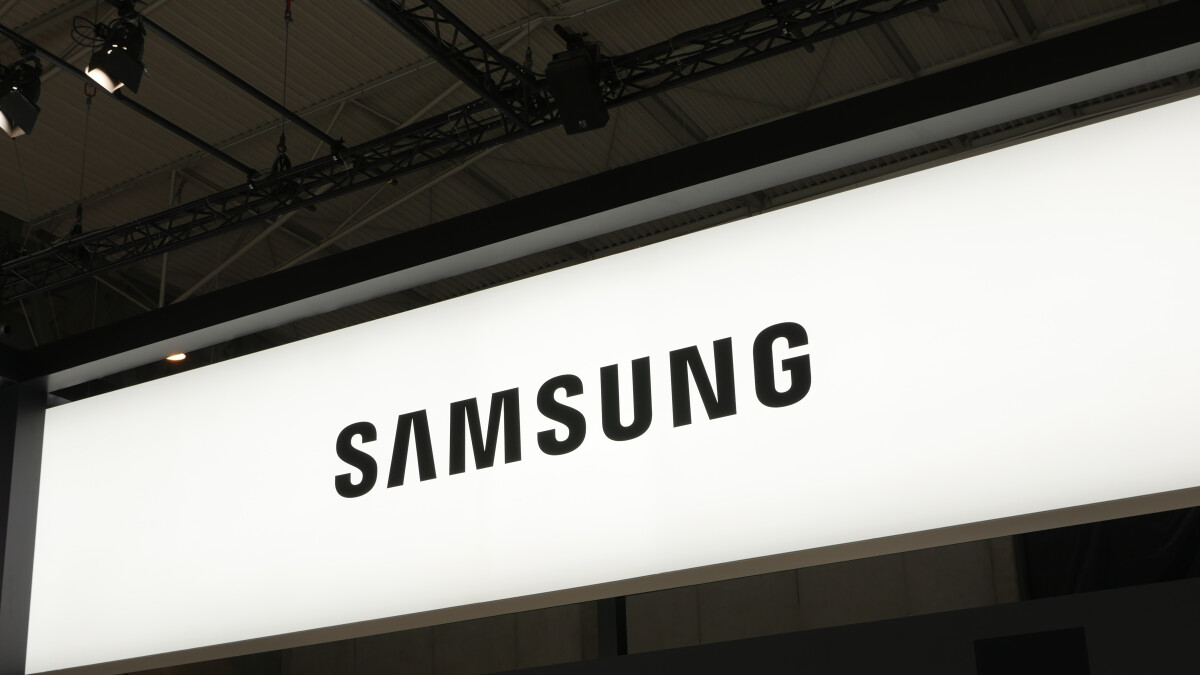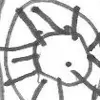Huge megapixel amounts in tiny sensors seem like a stupid marketing gimmic tbh
It depends. It can be used for scientific studies. The limitations are at the photon level. Smaller photosites mean less photons per photosite and so lower sensitivity. It also means more depth of field (less blurry backgrounds) hat’s why cinema cameras are going the other way, looking for always larger camera sensors (traditional cinema is 35mm width, and up to 65mm width for IMAX). But a super small sensor with ultra high resolution can be used for microscopes since the smaller the sensor the bigger the image amplification for a same lens, telescopes need more light sensitivity over resolution. Imagine such sensor on a Mars rover looking at rocks.
Now with such high resolution, one thing they can do is getting mega high def image and down sampling it to a 4K or 8k. Which means you can average multiple photosites to make one pixel. The benefit of that is avoiding moiré effects on phase patterns and you can increase the sensitivity since you’re essentially using a larger area per pixel with multiple photosites.
For usage in smarphones where the vast majoirty of people use it for point and click purposes, yes. For applications where cameras are hand focused and settings are dialed automaically, no.
For smartphones, its not as useful because a lot of post processing ends up happening to the image. There are times where you dont want the post processing to happen (the raw image)
I might be working on a 441MP camera sensor
i might be smoking weed and chilling with my dogs, too
x
Maybe. But the Pixel 6a shows that it’s not about how big your MP is, but how you use it. Focusing on MP hasn’t been relevant for decades.
x





